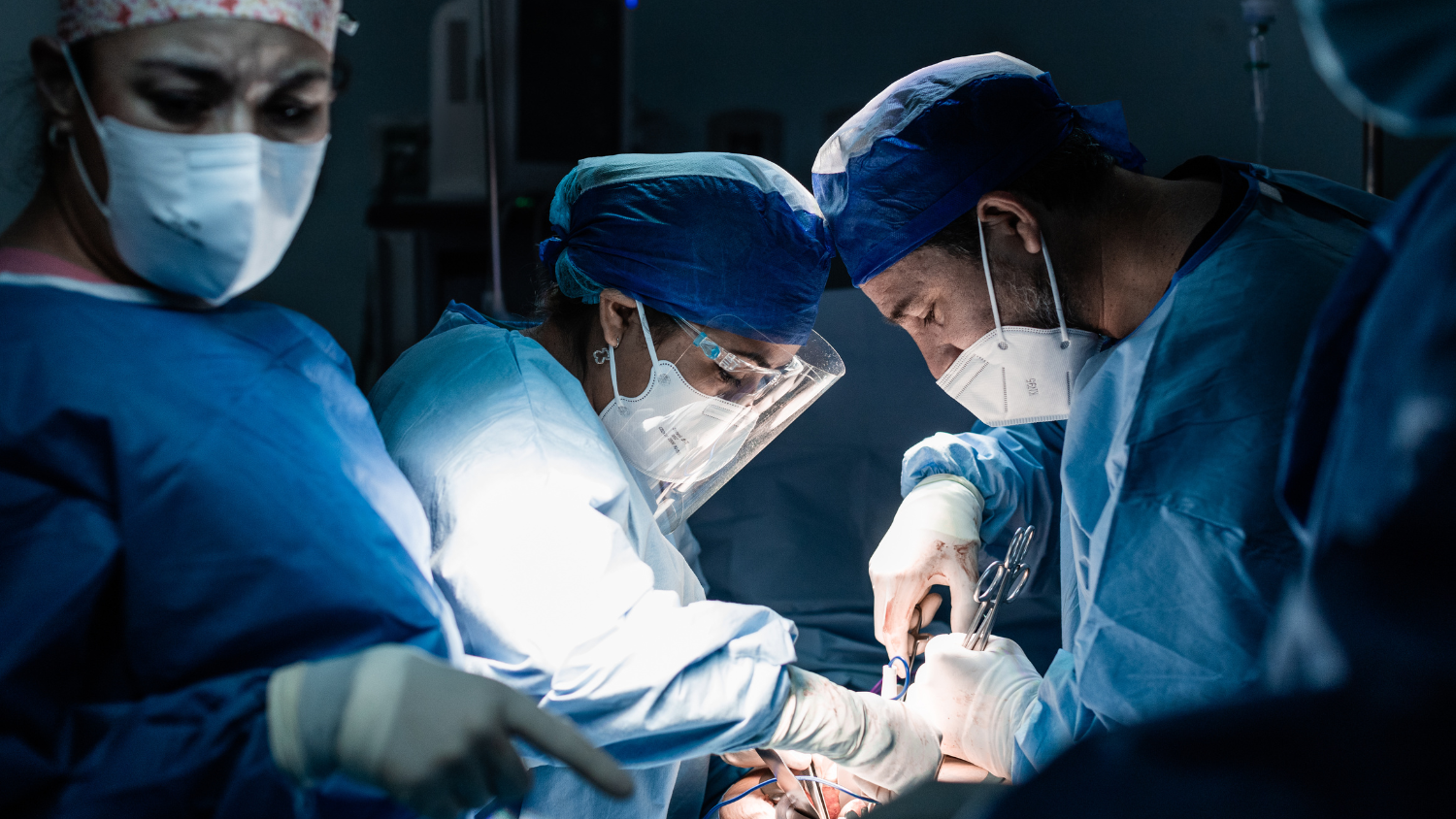High-Purity Titanium for Biomedical Implants: How Titanium Nanotube Size Affects Protein Binding - Insights from a Peer-Reviewed Study Using Advent Foil
.png?width=50)
High-purity titanium is widely used in biomedical research—particularly in studies exploring how implants interact with biological environments. One recent study examined a specific and important part of that interaction: how the structure of titanium surfaces affects the way blood proteins bind.
Published in the International Journal of Nanomedicine, the research focused on titanium dioxide (TiO₂) nanotubes (NTs), which can be engineered to different diameters. The question was simple but important: Does the size of the nanotube affect how well proteins stick to it?
To find out, researchers created TiO₂ nanotube surfaces with diameters of 15 nm, 50 nm, and 100 nm using 0.1 mm thick, 99.6% pure titanium foil supplied by Advent Research Materials.
“To obtain different TiO₂ NTs, 0.1 mm thick titanium foils (Advent Research Materials Ltd., UK) of 99.6% purity were used.” (Kulkarni et al., 2015, p.1361)
Study overview
Researchers from the University of Ljubljana, in collaboration with the University of Erlangen–Nuremberg, created TiO₂ nanotube (NT) surfaces with three different diameters: 15 nm, 50 nm, and 100 nm.
The team tested how different proteins—including serum amyloid A (SAA), β2-glycoprotein I (β2GPI), immunoglobulin G (IgG), and oxidised IgG—bound to each NT surface.
The findings showed a clear trend: larger nanotubes led to more effective protein binding, regardless of the protein’s size, charge, or structure. The 100 nm nanotubes performed best, binding up to 8× more protein than unstructured flat titanium.
This suggests that surface engineering at the nanoscale—particularly diameter control—could significantly improve how implants integrate with surrounding tissues.
Key findings
- 100 nm nanotubes bound the highest amount of protein across all types tested—up to 8× more than flat titanium foil.
- Nanotube diameter was the key driver—larger diameters meant greater surface area and better protein accessibility.
- The effect was consistent across different proteins, indicating the result was due to surface structure, not protein type.
- Supporting techniques included BCA assays, immunofluorescence, and zeta potential modelling.
- A “pocket effect” was observed on the larger NTs, where proteins remained bound even after extensive washing—suggesting deeper retention.
Why it matters
Protein binding is one of the very first interactions that takes place when a material enters the body. It plays a crucial role in whether an implant is accepted or rejected.
This study provides valuable insight into how surface engineering can be used to control biological behaviour—opening the door to longer-lasting, more compatible medical devices.
By optimising nanotube diameter, researchers can better control how materials behave in biological environments.
Advent’s contribution
The 99.6% pure titanium foil supplied by Advent formed the base for all nanotube structures in this study. It’s one of many examples where our research-grade metals are supporting pioneering work in materials science, nanomedicine, and biomedical engineering.
If you're exploring nanostructured surfaces, protein–material interactions, or implant development, we’re ready to help source the materials you need.
Study reference
Kulkarni M, Flašker A, Lokar M, et al. (2015). Binding of plasma proteins to titanium dioxide nanotubes with different diameters. International Journal of Nanomedicine, 10, 1359–1373. https://doi.org/10.2147/IJN.S77492
